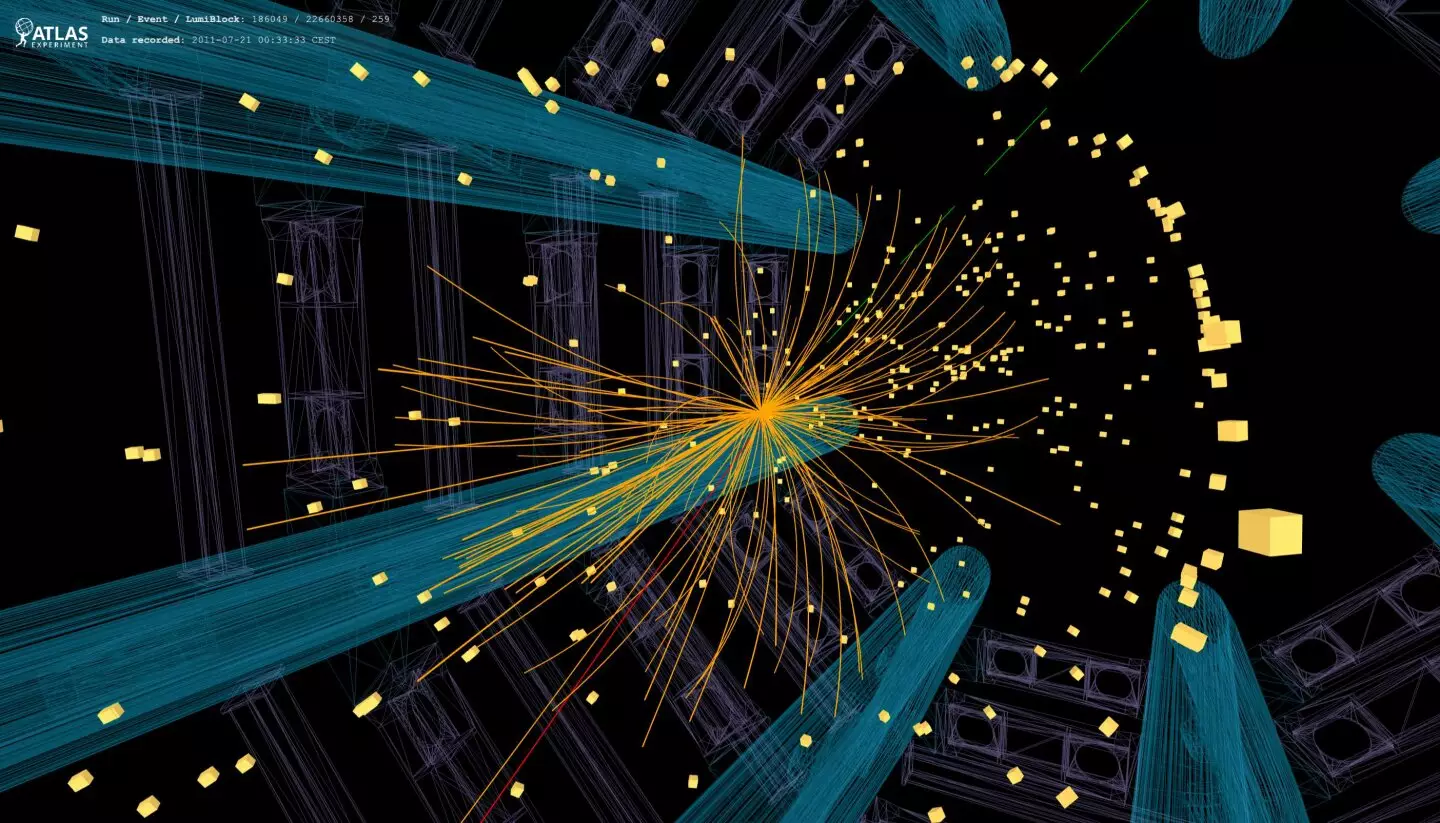The discovery of the Higgs boson in 2012 completed the puzzle of the Standard Model, but questions remain about what lies beyond this framework. Scientists are eager to uncover new phenomena that could explain the universe’s mysteries, such as dark matter and the imbalance between matter and antimatter.
One key parameter that could provide clues about new physics phenomena is the width of the W boson, the carrier of the weak force. The width of a particle is a measure of its lifetime and describes how it decays into other particles. Any unexpected deviations in the way the W boson decays could indicate the presence of undiscovered particles or forces.
A recent study published by the ATLAS collaboration at the Large Hadron Collider (LHC) made the first-ever measurement of the W-boson width. Previous measurements from other colliders had yielded an average value consistent with the Standard Model prediction. However, the new measurement at the LHC was slightly larger but still within 2.5 standard deviations of the prediction.
The ATLAS experiment achieved this remarkable result by meticulously analyzing the decays of the W boson into known particles like electrons and neutrinos. This required precise calibration of the detector’s response to these particles, along with a deep understanding of the proton’s inner structure and parton distribution functions.
By simultaneously measuring the W-boson width and mass, the researchers were able to directly constrain uncertainties in the data, improving the precision of the measurements. The updated value of the W-boson mass was found to be consistent with the Standard Model prediction, further validating the current framework.
As larger datasets are collected at the LHC, future measurements of the W-boson width and mass are expected to reduce both statistical and experimental uncertainties. Advancements in theoretical predictions and a better understanding of parton distribution functions will also help to decrease theoretical uncertainties, allowing for more stringent tests of the Standard Model.
The search for new physics beyond the Standard Model continues to drive scientific discovery at the forefront of particle physics. The precision measurements of the W boson at the LHC represent a significant step towards uncovering new phenomena that could revolutionize our understanding of the universe.


Leave a Reply